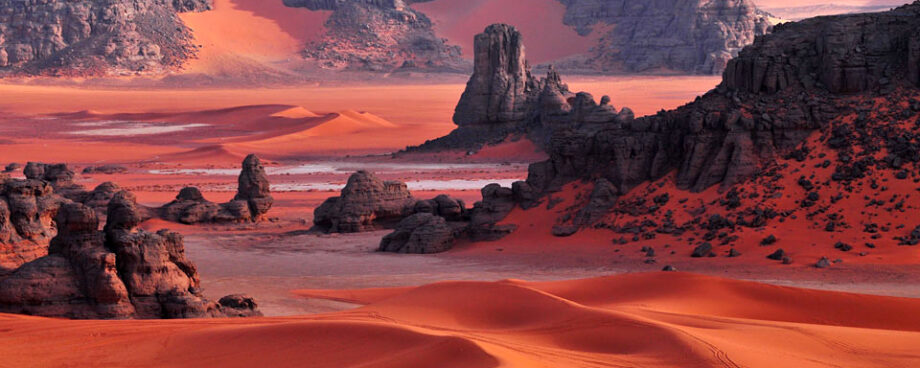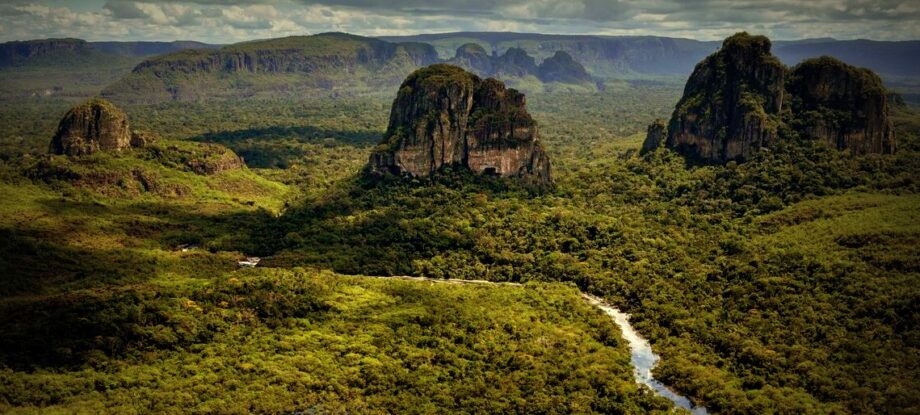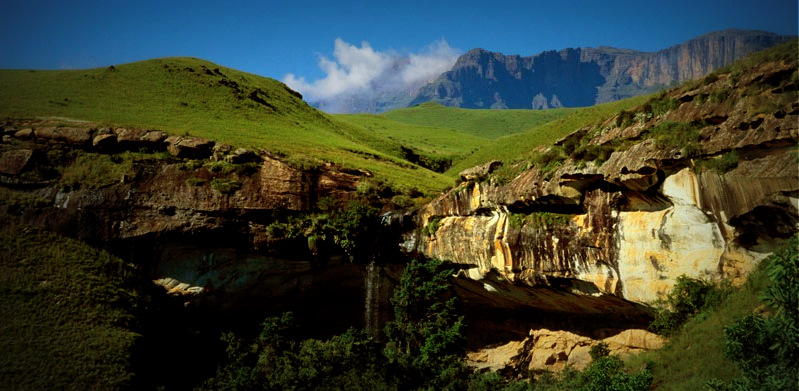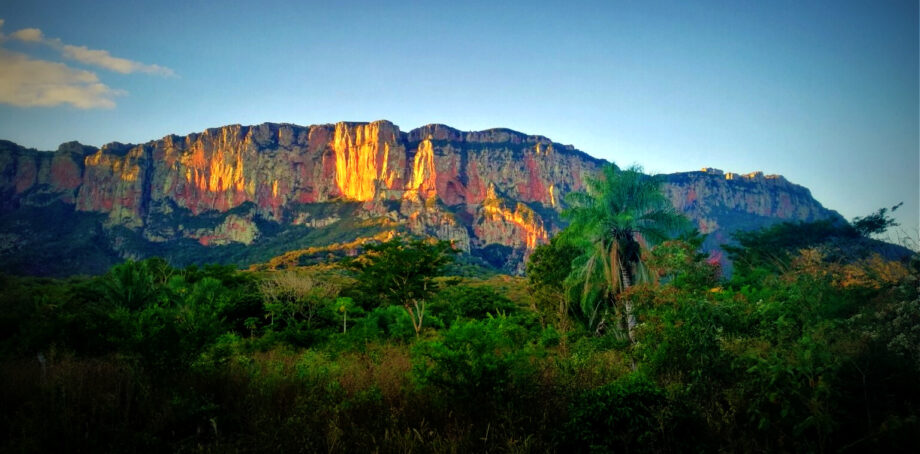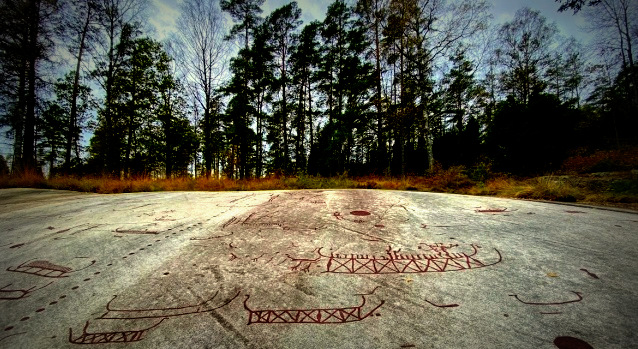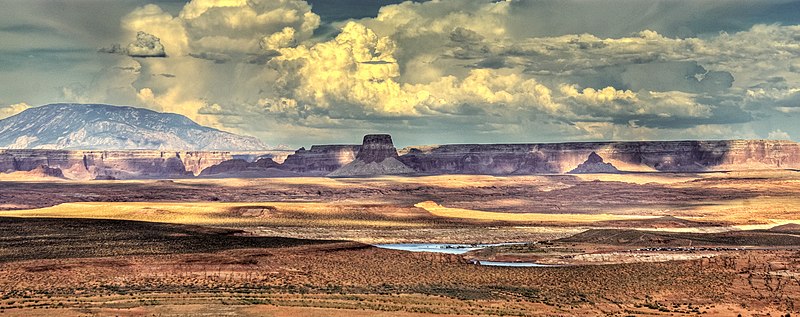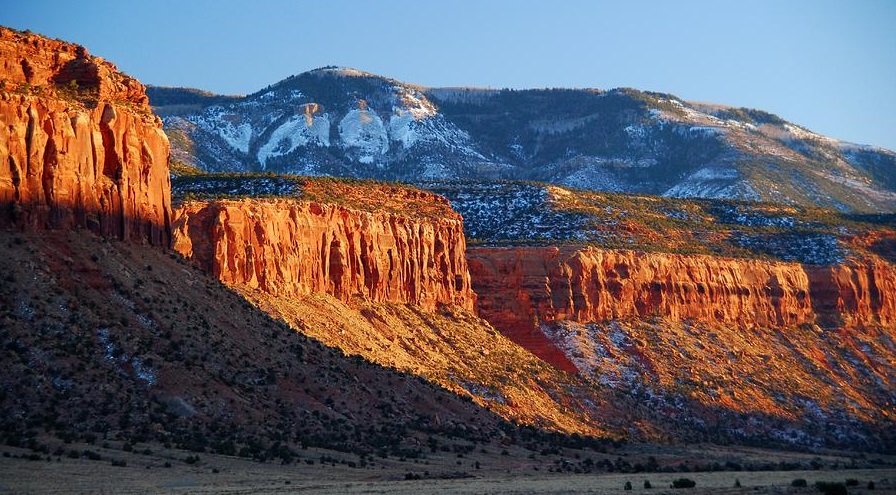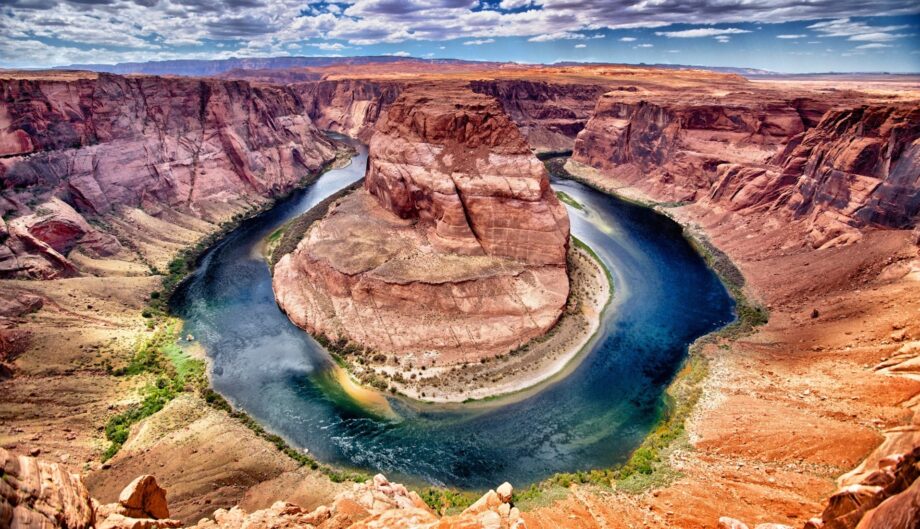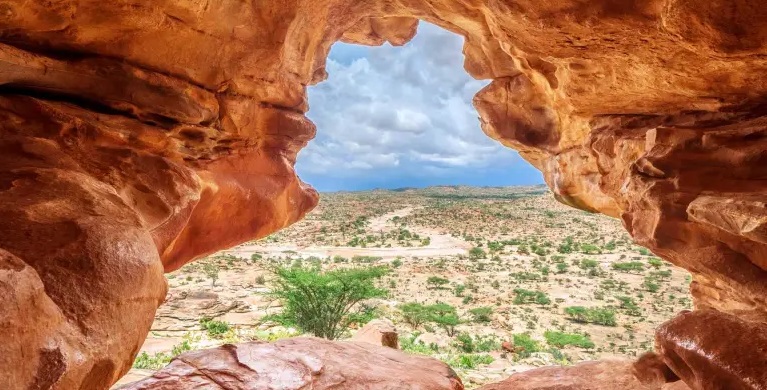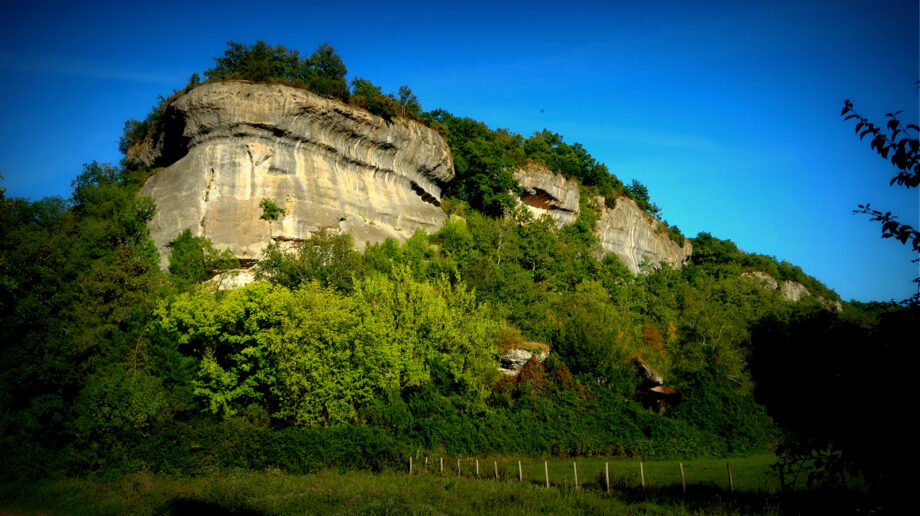Tassili n’Ajjer is a vast plateau in south-east Algeria at the borders of Libya, Niger and Mali, covering an area of 72,000 sq. km. The exceptional density of paintings and engravings, and the presence of many prehistoric vestiges, are remarkable testimonies to Prehistory. From 15,000 BC to the first centuries of our era, successive peoples left many archaeological remains, habitations, burial mounds and enclosures which have yielded abundant lithic and ceramic material. However, it is the rock art (engravings and paintings) that have made Tassili world famous as from 1933, the date of its discovery. 15,000 engravings have been identified to date.

Tassili paintings and engravings, like those of other rock art areas in the Sahara, are commonly divided into at least four chronological periods based on style and content.
These are: an archaic tradition depicting wild animals whose antiquity is unknown but certainly goes back well before 4500 B.C.
Photo: Hand Painted Skirt Design
Next one is a so-called bovidian tradition, which corresponds to the arrival of cattle in North Africa between 4500 and 4000 B.C.; Closer to us is a “horse” tradition which corresponds to the appearance of horses in the North African archaeological record from about 2000 B.C. onward. And last is a “camel” tradition, which emerges around the time of Christ when these animals first appear in North Africa.
Engravings of animals such as the extinct giant buffalo are among the earliest works, followed later by paintings in which color is used to depict humans and animals with striking naturalism. In the last period, chariots, shields, and camels appear in the rock paintings. Although close to the Iberian Peninsula, it is currently believed that the rock art of Algeria and Tassili developed independently of that in Europe.
The rock formation is an archaeological site, noted for its numerous prehistoric works of rock art, first reported in 1910, that date to the early Neolithic era at the end of the last glacial period during which the Sahara was a habitable savanna rather than the current desert.
Video introduction – The Cave Paintings of Tassili n’Ajjer
Amazing footage and different opinions about the origins of the Artwork done by Wanderbot Discovery. 9 minutes long with beautiful images and great stories.

